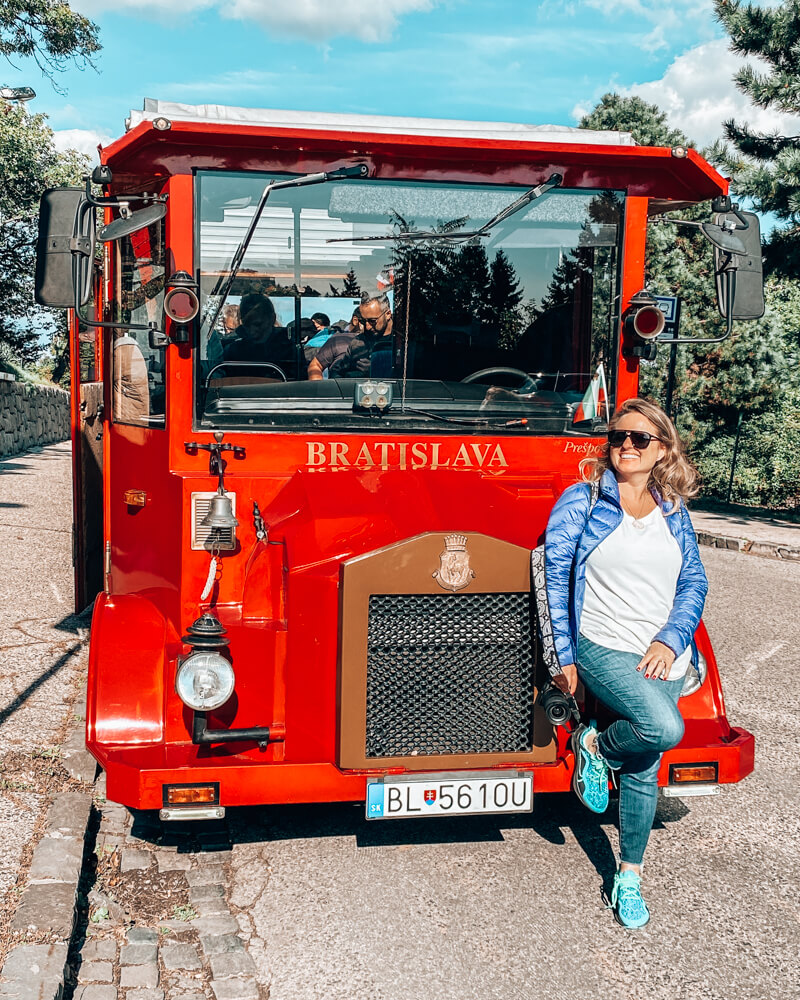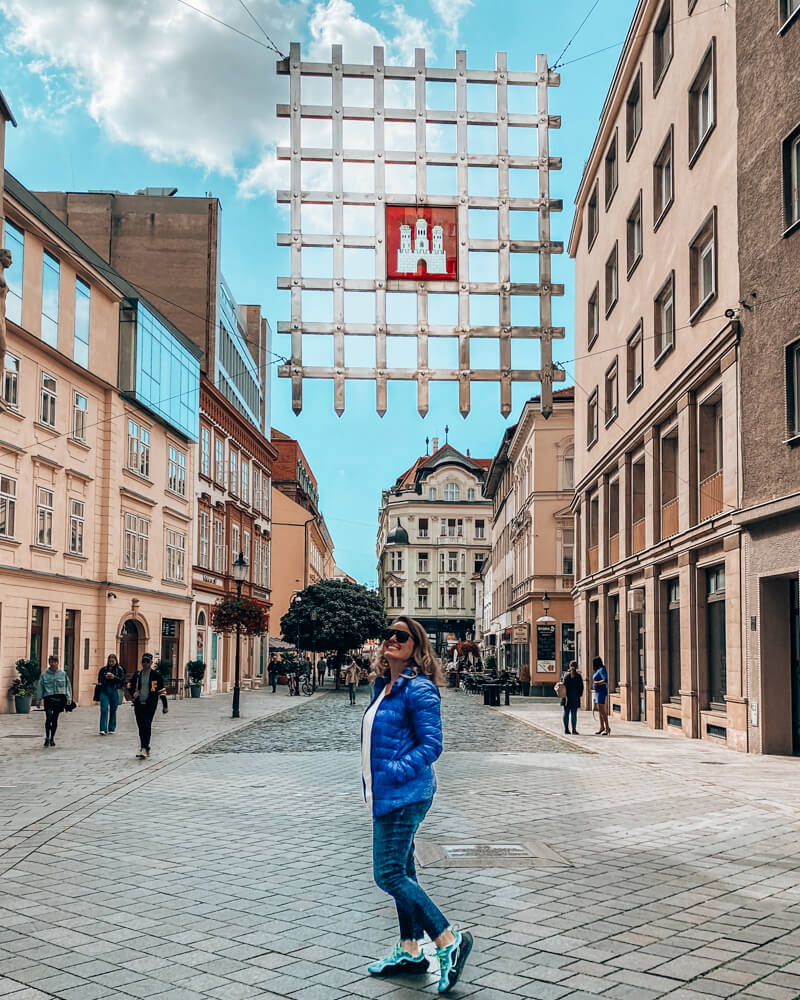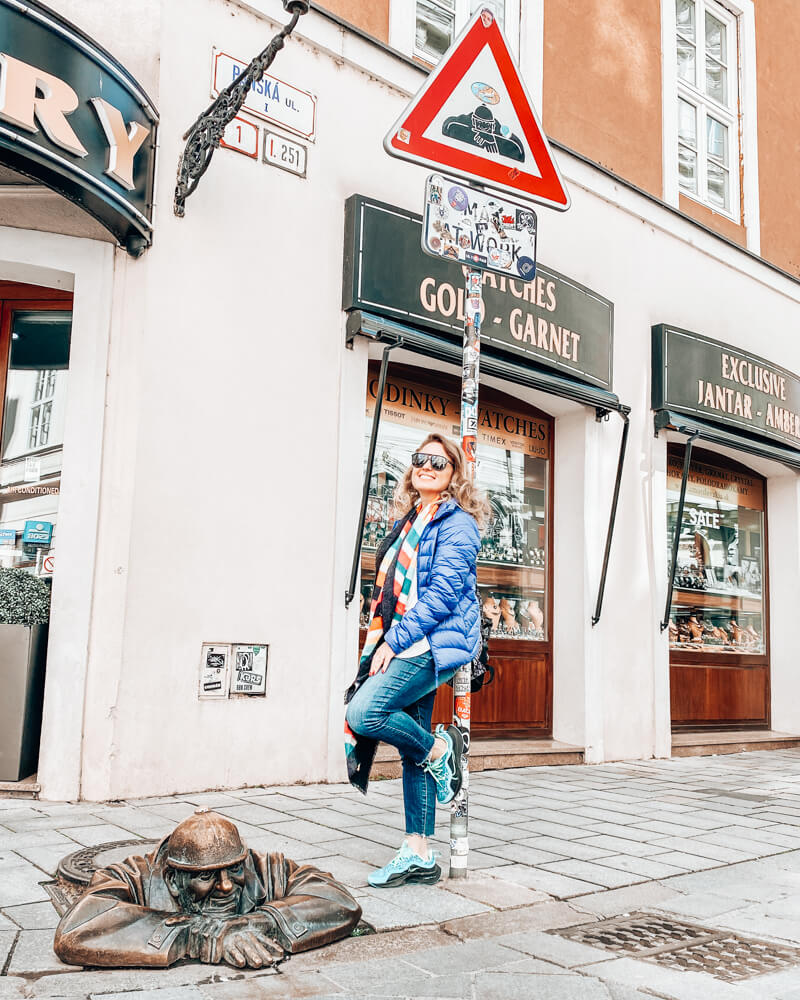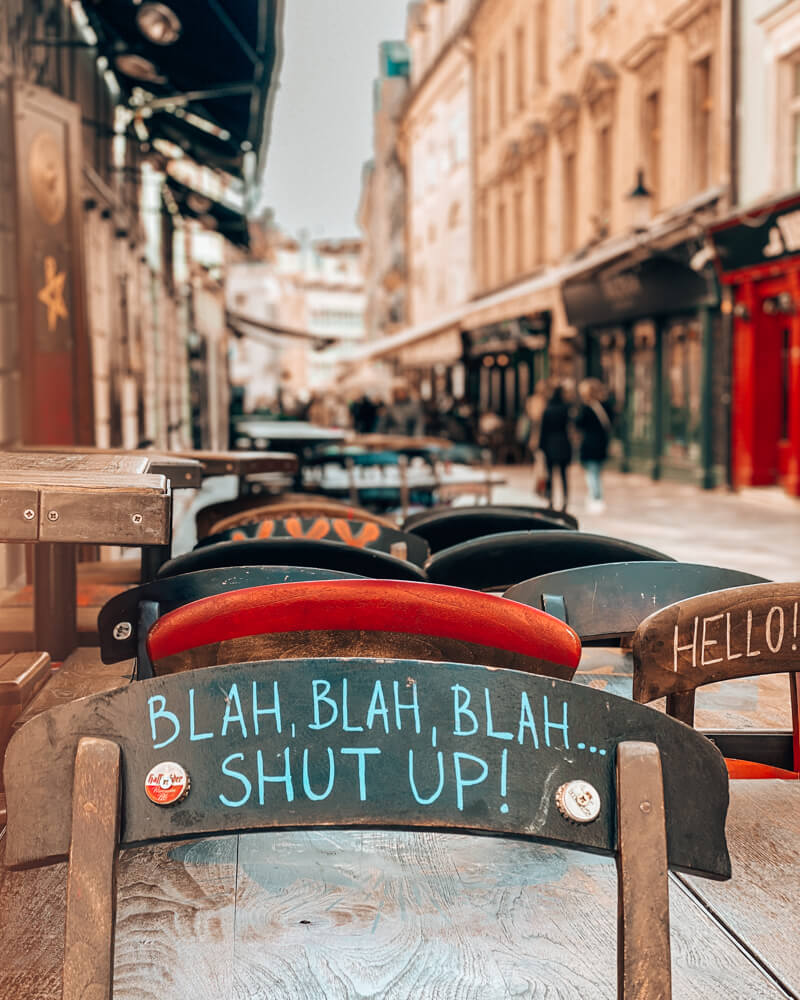If your question is: Is Bratislava worth Visiting? The answer is YES!
Bratislava is the only one European capital city, which borders with two other countries – Hungary and Austria. The smallest capitals of Europe (more than 50x smaller than New York City), is located just an hour from Vienna – 60km far away from Austria capital. The city is compact and easily accessible on foot.
Bratislava is known for its rich history that dates back more than two thousand years. With a medieval ambiance, the city has a rich historical past, delicious cuisine, and an undeniable charm. In addition, Bratislava offers a variety of free attractions and you can easily book a tour bus in the downtown area to visit the top places around the city in a 45 min to 2h tour. Taking a day trip from Vienna is a very plausible option. Visitors can leave Vienna in the morning, see most sights in the beautiful Bratislava during the day and be back before bedtime. There are several options to travel by train or bus (with fares around 5 Euros each way) and there is no immigration to cross the border. It’s a great day trip to add in your Eurotrip.











